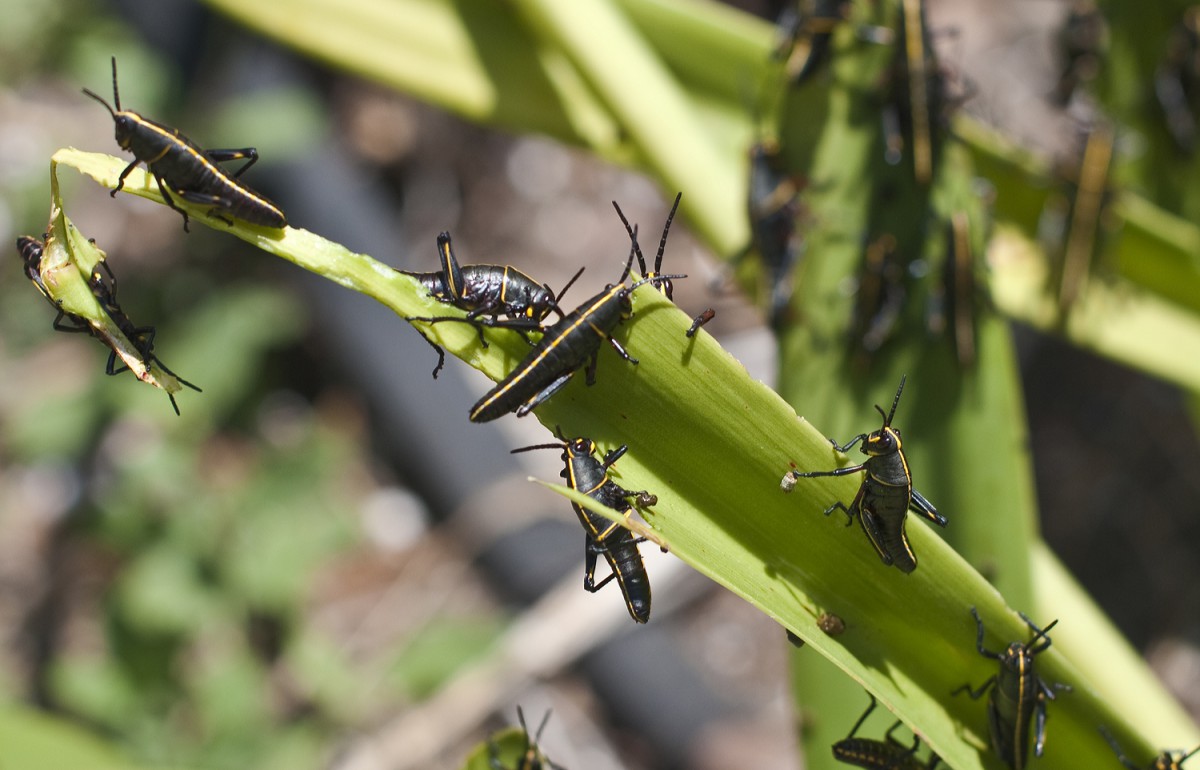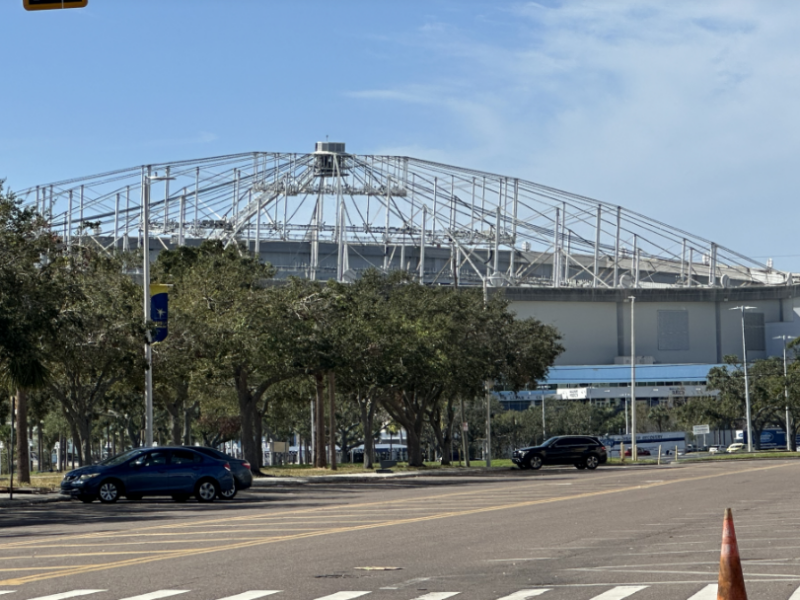Electric-car charging stations, a LEED gold rated building and another expected in the fall, and the Student Green Energy Fund have shined an LED-lit path to a sustainable future for USFSP.
However, the phrases “green policies,” “sustainable practices,” “earth-friendly products” and “energy-efficient systems” blur distinct practices and philosophies into the same vague environmental movement. Endless brand buzzwords have been attached to automobiles, campus buildings and frozen pizzas.
While it’s impossible to pin down just what “green” is, there is a term you’ve probably heard that should be distinguished from the rest. And a lot of times, it’s what “green” isn’t—sustainable.
Sustainability is a simple concept: meeting the needs of the current generation without compromising the needs of the future generation. Sustainability doesn’t necessarily equal green. And green doesn’t always equal, well, anything.
Zachary Westmark, co-director of the Department of Sustainability Initiatives for Student Government elaborated.
“Plenty of students would agree that driving a hybrid vehicle is the ‘green’ thing to do … but it doesn’t reduce traffic congestion or the need for vast mazes of pavement,” he said, citing these as contributing to the “heat island effect,” a built-up area hotter than nearby rural areas.
If U.S. cities were designed like Nordic countries, with wide sidewalks and bicycle paths encouraging commuters to hang up their car keys, it would be more in the vein of sustainability, he said.
Marketing and branding environmentalism has been ongoing for decades. The term “sustainability” was popularized 1987 by the Brundtland Commission, an agency created by the UN to rally countries to work together because of realized deteriorating resources.
Critics scoffed that the definition of the term was too broad, which also became an appeal—its “constructive ambiguity,” a term coined by Henry Kissinger to describe the beauty of vagueness in political language. It isn’t a formulaic code, or something that can be wholly regulated, which is why sustainability provides endless possibilities.
Companies can slap a green sticker on nearly any product, boasting eco-friendliness. Guidelines for what can and can’t be called “green” haven’t been updated by the Federal Trade Commission since 1998, and the rules in place coincide with the general law for all marketing: deceptive acts or practices are prohibited.
One could assume, then, if a product can prove a new 5 percent reduction in pollution, it could be called “green.”
Stores like Fresh Market and Whole Foods carry household products by the company “If You Care” which uses packaging that provides an example of blurry wording that confuses consumers.
The company claims to be “more environmentally-friendly” than other companies, and the products “help the environment.” They tout a 95 percent savings on energy use during production. While the phrasing on their packaging may clear the consumer’s conscience, If You Care’s products don’t directly help the environment—the gentlest kick might be the kindest, but it’s hardly kind.
Environmentalism today focuses on fixing the environment as a “thing,” writes Michael Shellenberger and Ted Nordhaus, co-founders of the Breakthrough Institute, a public-policy think tank that focuses on global energy and climate challenges. Because humans view themselves as defenders of this “thing,” their solutions are short steps toward fixing it, such as hybrid cars or fluorescent light bulbs.
Sustainability focuses on the relationship as a whole, and humans as part of the equation. John Elkington, founder of the British consulting firm and think tank SustainAbility, defined the “triple bottom line” of sustainability in regard to corporate America in the ’90s. People, planet and profit are the foundation of a corporation’s longevity, he writes in his book “Cannibals with Forks”—the cover of the book shows the planet earth served on a plate, with a fork nearby.
The billion dollar green market seems to have wrapped itself in cellophane, becoming harder for the public to understand while conveniently assuaging consumers of their enviro-guilt.
“While public support for action on global warming is wide it is also frighteningly shallow,” wrote Shellenberger and Nordhaus. All things green don’t make for a sustainable planet.
Photo by Christopher Guinn




Dear McInnis,
I so thoroughly enjoyed reading your article that I hate to point out an error, especially when it does not concern the main point(s) of the story. However, precise and accurate language is always critical. The word “department” has serious connotations in an academic institution, including legal ones. I would thus like to clarify that there is no such thing as a Department of Sustainable Initiatives at USFSP. There is a student group led by Mr. Zachary Westmark, one of our student leaders in the department, which has been at the forefront of sustainability initiatives on campus. Much credit goes to them. However, it is not a department and should not be confused with one.
Dr. Alegria,
Perhaps I should have clarified the ‘group’ refers to itself as, “The Student Government Department of Sustainability.” Nonetheless, “department” still appears. While I understand your concern, the error is in what the “department” calls themselves. I contacted Mr. Westmark, who said he had taken the issue to other Student Government officials, but the name still remains. He suggested this issue should be brought the Student Government adviser.
Thanks for bringing this to light,
Miss Jane McInnis